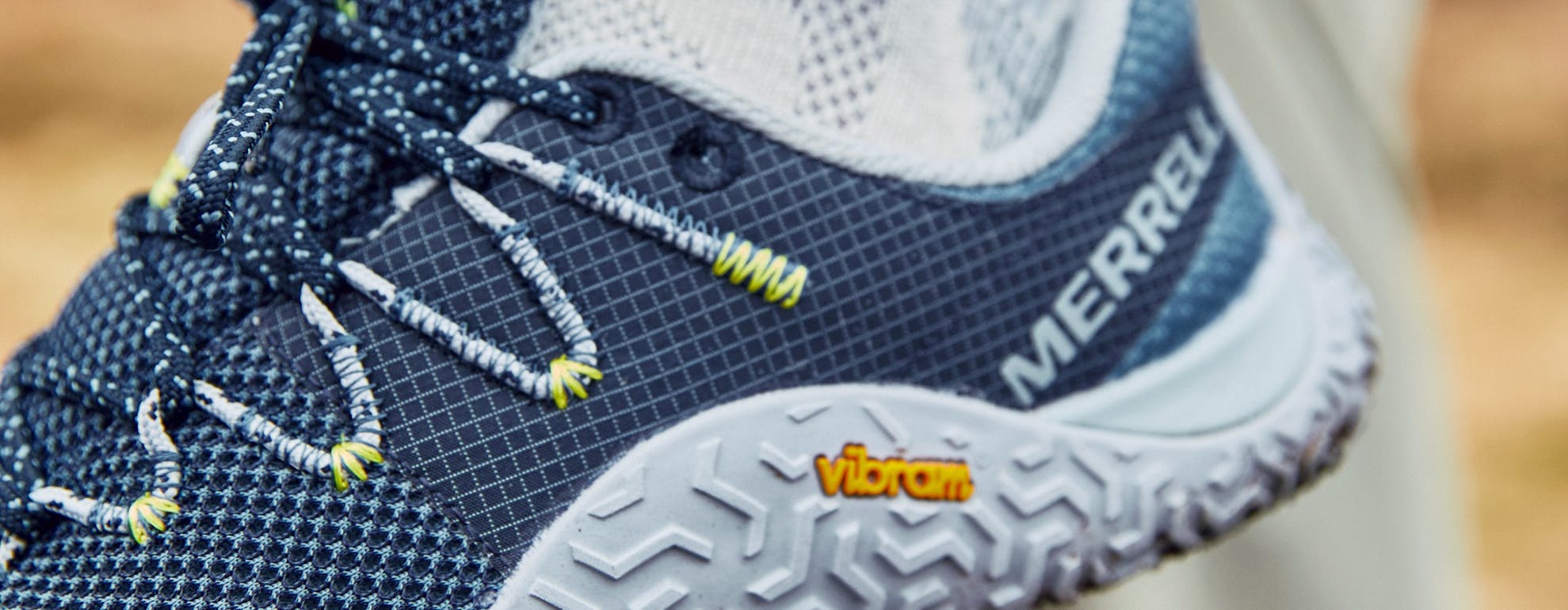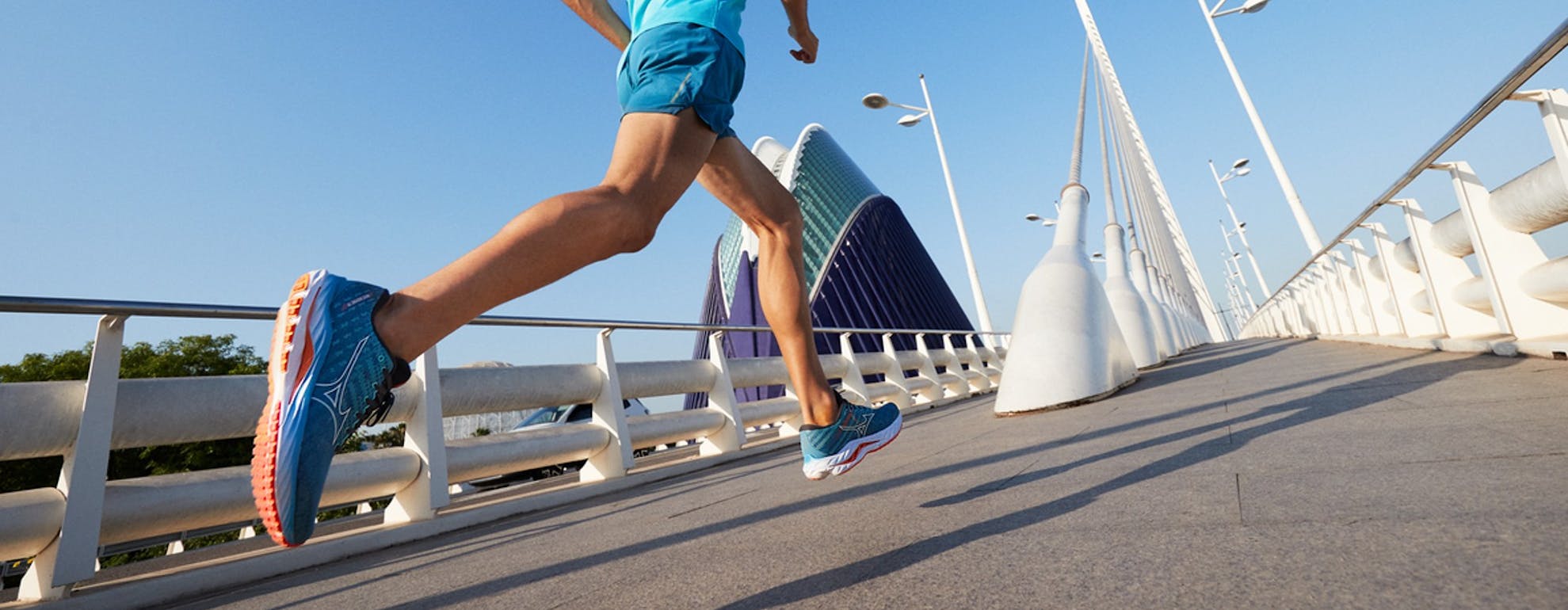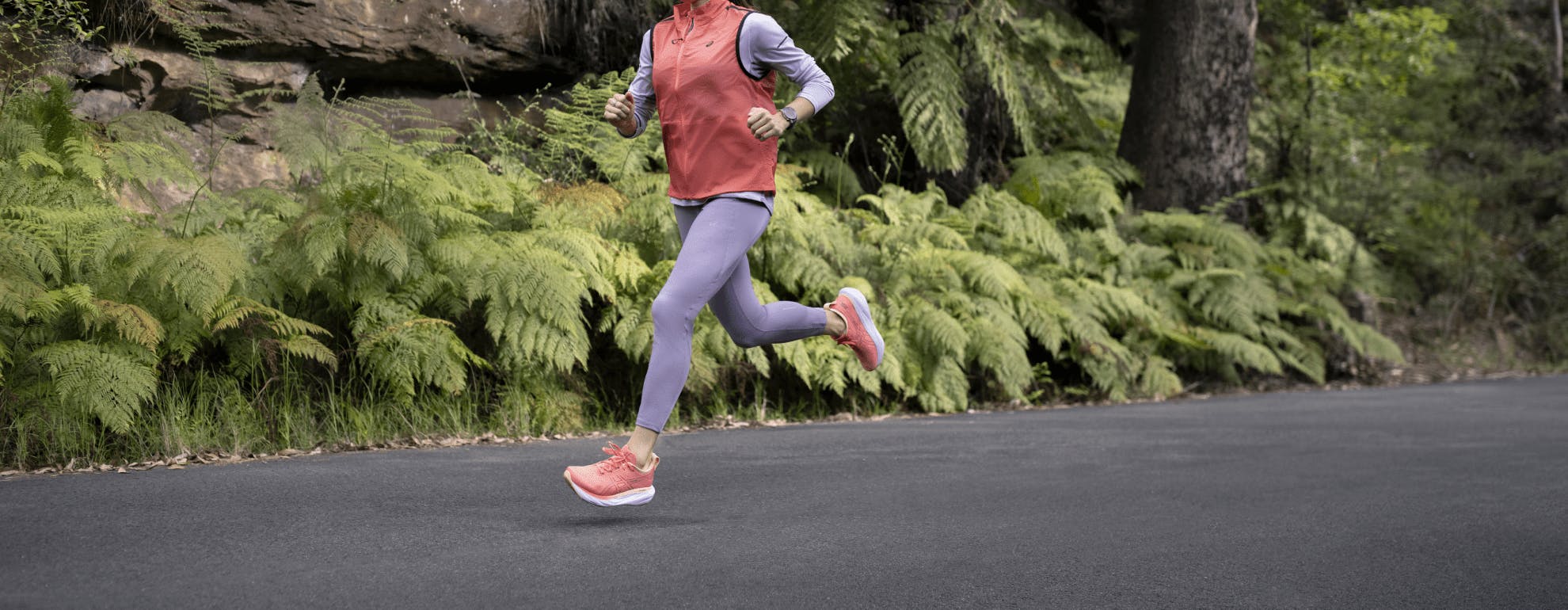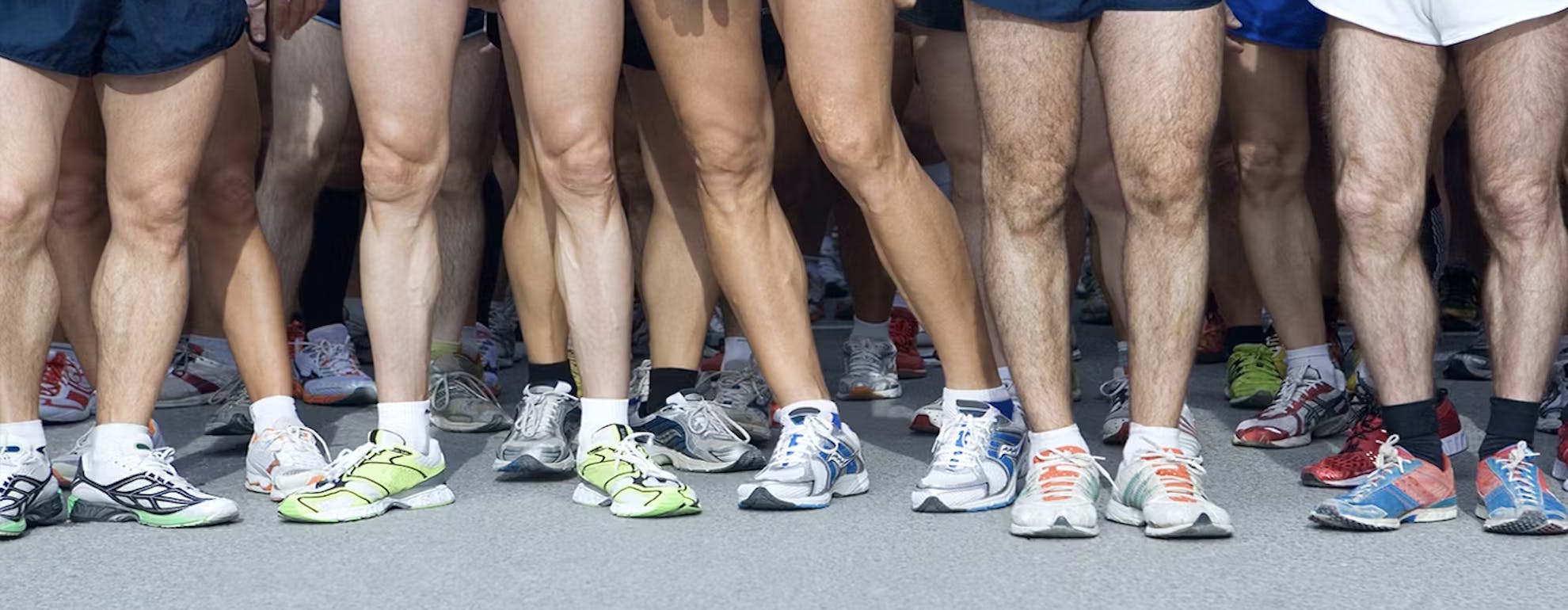
Choosing the right Barefoot Shoes for Running
A growing number of runners are now embracing barefoot running culture, and swapping their traditional shoes for more minimalist models. Research indicates that incorporating barefoot running into your training regime can have many benefits, however switching to barefoot running should be done cautiously and your footwear chosen with care to avoid injury.
ㅤ
Explore our Barefoot Footwear Collection here
ㅤ
Theory of Barefoot Running
It is thought that running in traditional cushioned running shoes may force the foot into an unnatural footstrike landing on the heel, placing extra stress on the knees, hips and ankles. The theory behind barefoot running is that stripping away the components of a traditional running shoe encourages the foot to move naturally, allowing the foot to strike on the mid to forefoot. This improves posture and balance, and allows the arch to act as a natural shock absorber.
The smaller muscles in the feet, hips and ankles are activated, resulting in increased strength and proprioception (sensory feedback) and the calf and Achilles tendon are strengthened and lengthened, delivering maximum efficiency . This reduces the likelihood of injury due to tight or weak muscle tissue.
ㅤ
Be Cautious and Transition slowly
However wearing a minimal shoe means the foot, ankle and lower leg have to work harder during the gait cycle. This can place strain on the muscles and ligaments and potentially cause an injury. Calf pulls and Achilles Tendonitis may cause particular problems if minimal running is not introduced gradually' .the legs and muscles should be trained slowly and gradually to build strength.
ㅤ
Which Barefoot shoe is right for me?
Barefoot shoes are designed to enable the foot to move as naturally as possible without interference. They range from the super minimal, comprising only of a very minimal upper and sole, to transitional models which offer a compromise in between a traditional running shoe and a barefoot style with some protection and cushioning. These are ideal for easing into barefoot running.
ㅤ
The Differential: Heel to Toe Drop
This is the key feature of a barefoot shoe. This refers to the difference in the thickness of the midsole (stack height) between the heel and the forefoot, which in traditional shoes is higher at the heel. The idea is that removing the heel lift enables a natural, forefoot stance. A minimal model will have no difference in the height between heel and forefoot - a "0mm drop." This increases to 4-6mm for transitional models.
ㅤ

ㅤ
Sensory Feedback – Proprioception
The sole of the foot has over 200,000 receptors. This sensory feedback or "foot feel" is crucial in allowing the body to adjust to the natural forces of running. Minimal shoes feature thin, hard soles, designed to deliver maximum ground contact and response (proprioception) for optimum efficiency during the gait cycle. This is in contrast to cushioned, traditional shoes featuring softer, thicker soles, where the runner has to drive down harder to receive the same sensory feedback.
Some minimal shoes offer durable Vibram and puncture resistant soles to help keep the foot protected on hard and stony surfaces, and for maximum durability.
ㅤ
Flexibility
To enable natural flexion and motion, the shoe should be as flexible as possible. Look for strategically placed cuts and grooves which allow the foot to flex and move naturally. Test this by flexing and twisting the shoe in your hands- it should move easily without resistance.
Barefoot shoes will also have no arch support. Arch supports and stiff soles prevent the natural flattening of the arch, preventing the foot from functioning naturally.
ㅤ
Wide Forefoot
The big toe plays a vital role in normal arch functioning in terms of shock absorption, stability and propulsion. If the big toe is compressed out of alignment, it cannot play its role, resulting in biomechanical inefficiency and potentially injury. Minimal running shoes feature a wide toe box allowing the forefoot and toes to plant and splay naturally, for an efficient foot function.
ㅤ
Feather-Light Construction
Barefoot running shoes should be as lightweight as possible to deliver minimal interference and allow as natural and efficient a gait as possible. Many minimal shoes offer super lightweight, one layer uppers with a glove-like fit to mimic barefoot running and feel as closely as possible.
ㅤ
Finally, build up gradually
Finally, it is important to choose a barefoot shoe which will allow you to ease gradually into minimal running. Runners who are new to barefoot running should consider starting with a transitional model with more protection, allowing the gradual training and strengthening of the lower leg – and then progress to a more minimal model.
Remember also that humans are not biologically adapted to run on hard roads and concrete surfaces, and barefoot running shoes provide minimal protection against impact and shock. The current consensus is that barefoot running works best as part of an integrated training regime, alongside your traditional running shoes. Build up the time wearing minimal shoes gradually, increasing by no more than 10% each week. Take care, and enjoy the benefits!
ㅤ
Explore our Barefoot Footwear Collection here
ㅤ
Interested in the latest shoes, apparel and technology? Then head over to our Kit & Gear category for more reviews, tips, advice and product releases.
Welcome
Welcome to SportsShoes Kit & Gear Hub! Here you'll find all the information and advice you need about the very latest kit, technology and gear.
Read More
Share this
Featured Articles
View All



